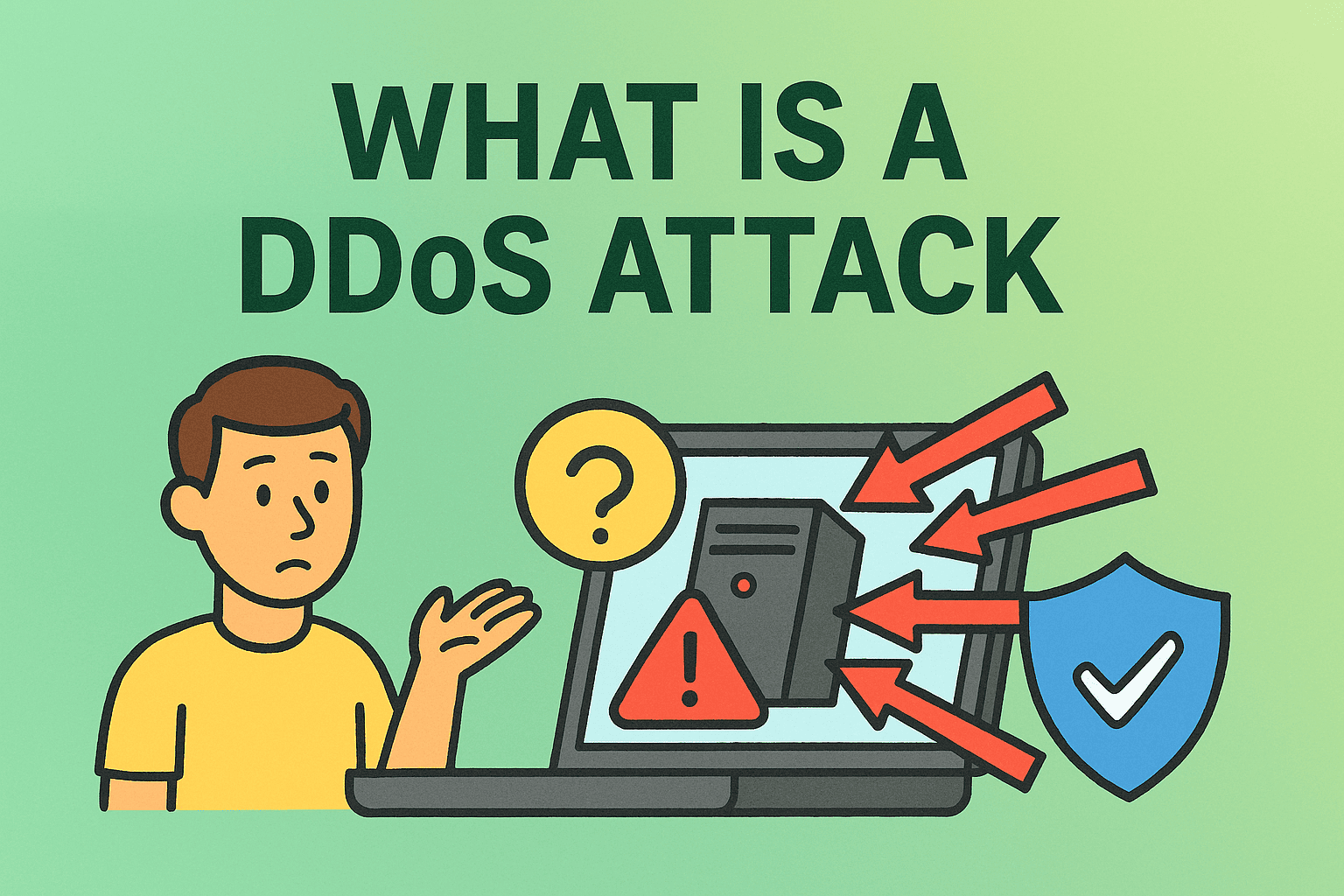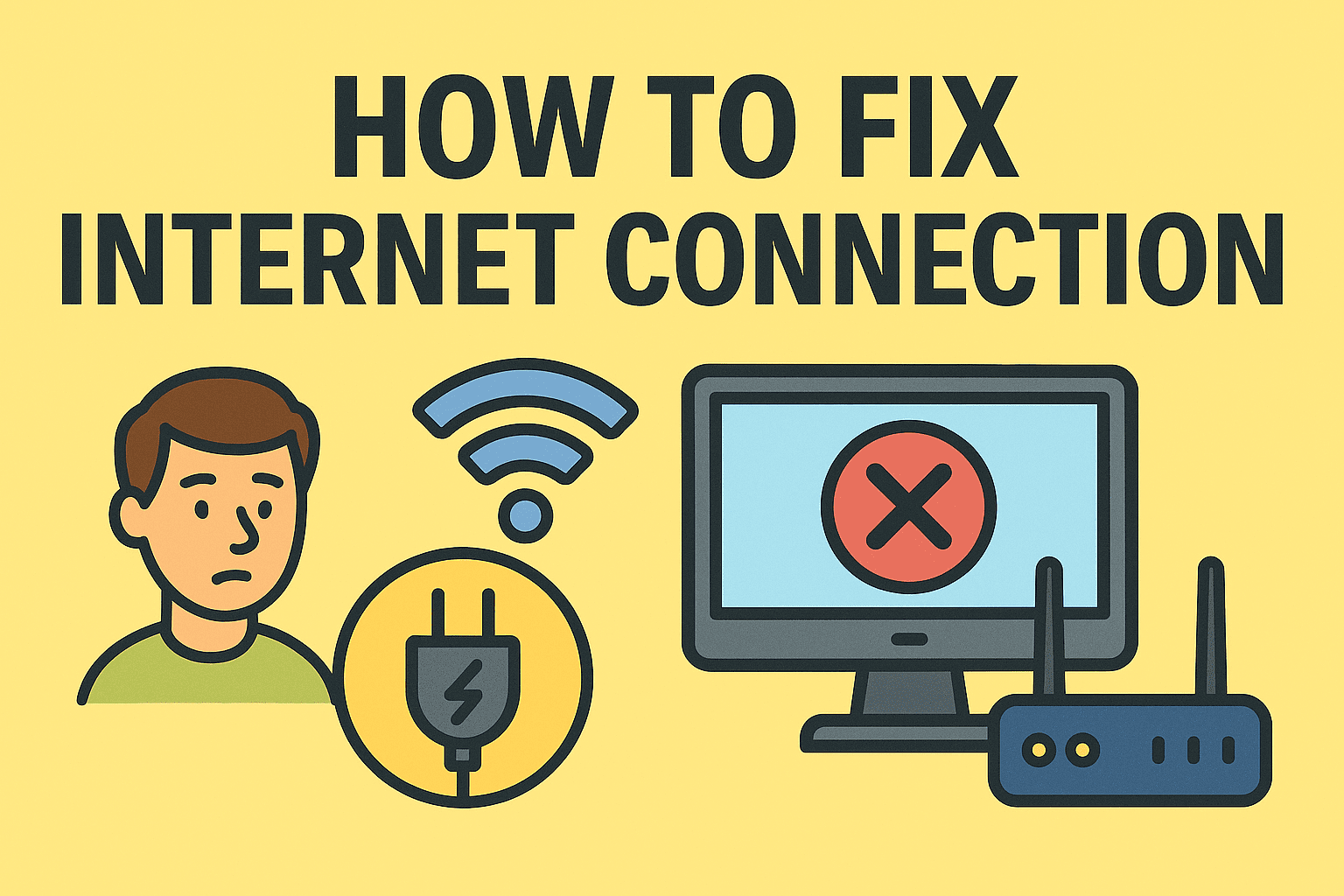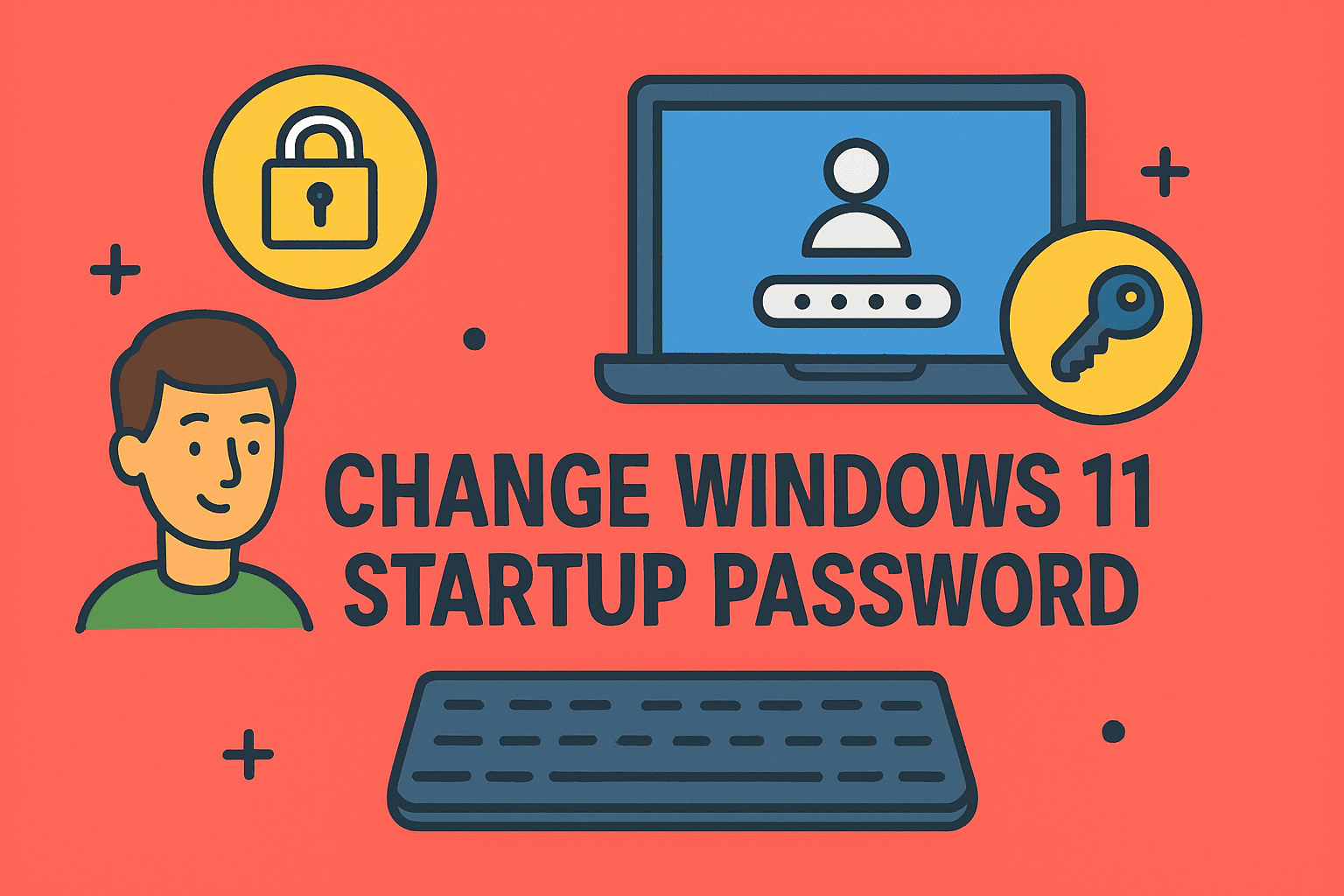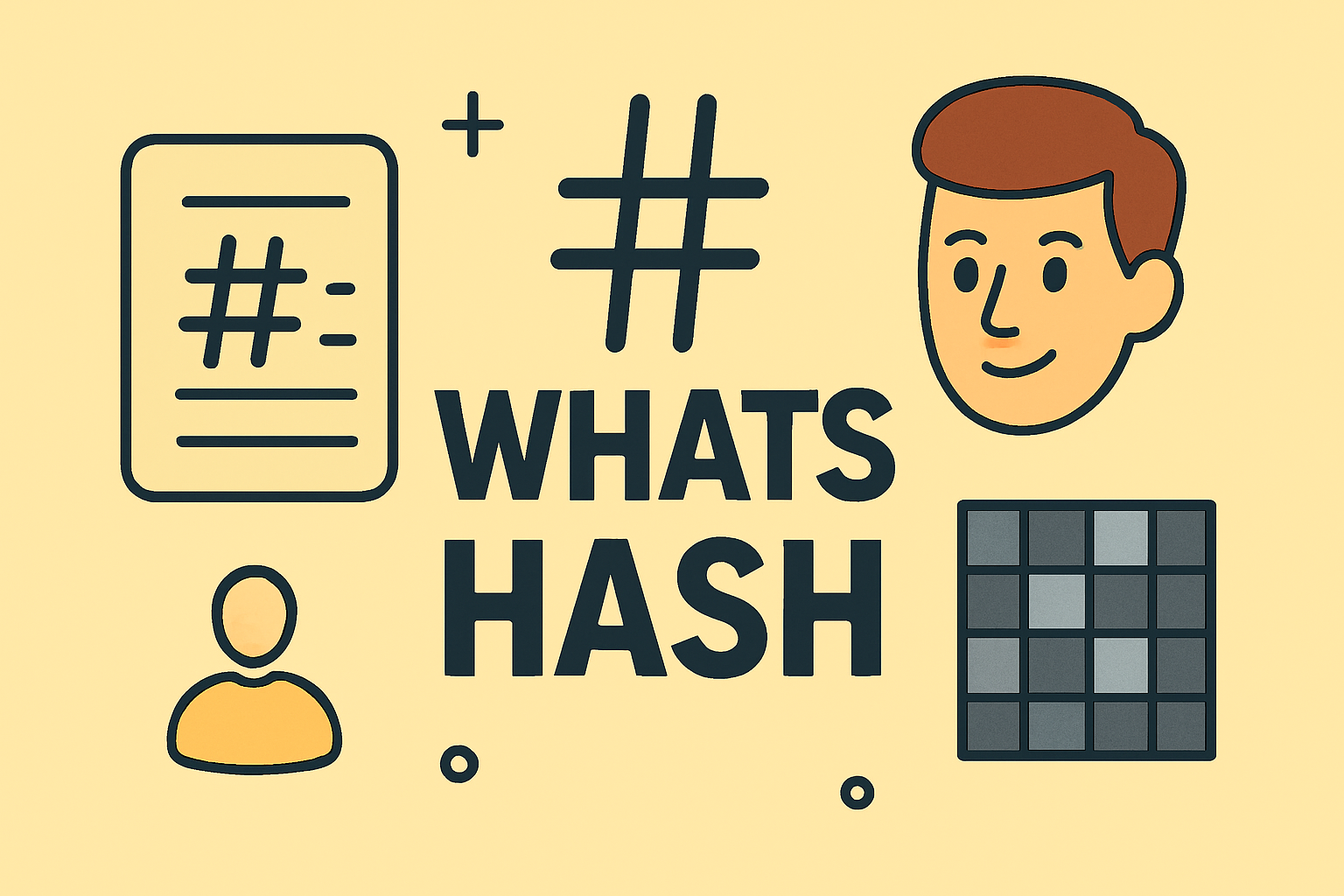Understanding “How to DDoS” and Protecting Your Business from Attacks
Updated on September 8, 2025, by ITarian

Have you ever searched for “how to DDoS” or noticed others asking about it online? Distributed Denial of Service (DDoS) attacks remain one of the most disruptive forms of cybercrime, targeting businesses, government agencies, and even individuals. While some people look up this term out of curiosity, the reality is that DDoS is illegal if used maliciously. However, cybersecurity professionals, IT managers, and CEOs need to understand how DDoS works—not to perform it, but to defend against it.
This article will break down what DDoS means, why it matters, how attacks work, their devastating impact on organizations, and most importantly, how you can safeguard your systems and networks from them.
What is a DDoS Attack?
A Distributed Denial of Service (DDoS) attack occurs when attackers flood a target server, website, or network with massive amounts of traffic, overwhelming resources and causing downtime. Unlike a simple DoS (Denial of Service) attack, which originates from a single source, DDoS uses multiple devices (botnets) often spread worldwide.
- Goal of DDoS: Disrupt normal operations.
- Targets: Websites, APIs, cloud services, online platforms.
- Result: Slowed systems, outages, lost revenue, and reputational damage.
Why People Search “How to DDoS”
Many individuals search for “how to DDoS” for different reasons:
- Curiosity: Students or beginners exploring cybersecurity topics.
- Malicious intent: Hackers seeking to disrupt businesses or competitors.
- Educational purposes: Security experts researching attack methods to design better defenses.
Important Note: Attempting a DDoS attack without permission is illegal and punishable by law. The purpose of this article is to educate organizations on prevention and protection.
How DDoS Attacks Work
DDoS attacks operate by leveraging infected devices (botnets) to send massive traffic to a target. Here are the main types:
1. Volumetric Attacks
These flood the target with excessive data, overwhelming bandwidth.
- Example: UDP floods, ICMP floods.
2. Protocol Attacks
These exploit server resources by misusing communication protocols.
- Example: SYN floods.
3. Application-Layer Attacks
Target specific apps or services to crash them.
- Example: HTTP floods on a website login page.
Real-World Impact of DDoS Attacks
A single DDoS attack can cost businesses thousands to millions of dollars in damages. Consider these consequences:
- Downtime: Loss of access for customers and employees.
- Financial loss: Missed sales, penalties, or SLA breaches.
- Reputation damage: Customers lose trust in unreliable platforms.
- Security risks: DDoS is often used as a distraction for data breaches.
How to Defend Against DDoS Attacks
1. Network Monitoring
Set up intrusion detection systems (IDS) to identify abnormal traffic patterns.
2. Firewalls and Rate Limiting
Configure firewalls and routers to limit requests per user, filtering malicious packets.
3. Cloud-Based DDoS Protection
Use solutions from providers like Cloudflare, Akamai, or AWS Shield that absorb traffic surges.
4. Redundancy and Load Balancing
Distribute traffic across multiple servers to reduce the risk of overload.
5. Incident Response Planning
Create a playbook for IT teams to respond swiftly during attacks.
Cybersecurity Frameworks for DDoS Defense
Following global cybersecurity frameworks can help:
- NIST Cybersecurity Framework: Identify, Protect, Detect, Respond, Recover.
- ISO 27001: Information security management best practices.
- GDPR/CCPA Compliance: Ensuring customer data remains secure during attacks.
Security Checklist to Prevent DDoS
- Monitor traffic with advanced tools.
- Deploy Web Application Firewalls (WAF).
- Train employees to recognize attack patterns.
- Establish backup servers and CDNs.
- Partner with a cybersecurity provider for 24/7 protection.
Frequently Asked Questions
- What does “how to DDoS” mean?
It refers to people searching for ways to perform Distributed Denial of Service attacks. This article focuses on awareness and defense. - Is DDoS illegal?
Yes. Launching a DDoS attack without permission is illegal and considered a cybercrime. - How long can a DDoS attack last?
From minutes to days, depending on the attacker’s resources and the victim’s defenses. - Can small businesses be targeted?
Absolutely. Hackers often target small and mid-sized businesses, assuming weaker defenses. - How can I test my defenses safely?
Use authorized penetration testing services rather than attempting real-world attacks.
Conclusion
When people search “how to DDoS”, they may not realize the legal and ethical implications. Instead of focusing on attack execution, IT leaders, CEOs, and security professionals must prioritize defense strategies. Understanding DDoS attacks is crucial to protecting your systems, ensuring uptime, and maintaining customer trust.
Strengthen Your Cybersecurity Today
Don’t wait until your business is the next victim of a DDoS attack. Equip your IT team with powerful, enterprise-level tools.
Sign up today and take the next step toward proactive cybersecurity defense.
















